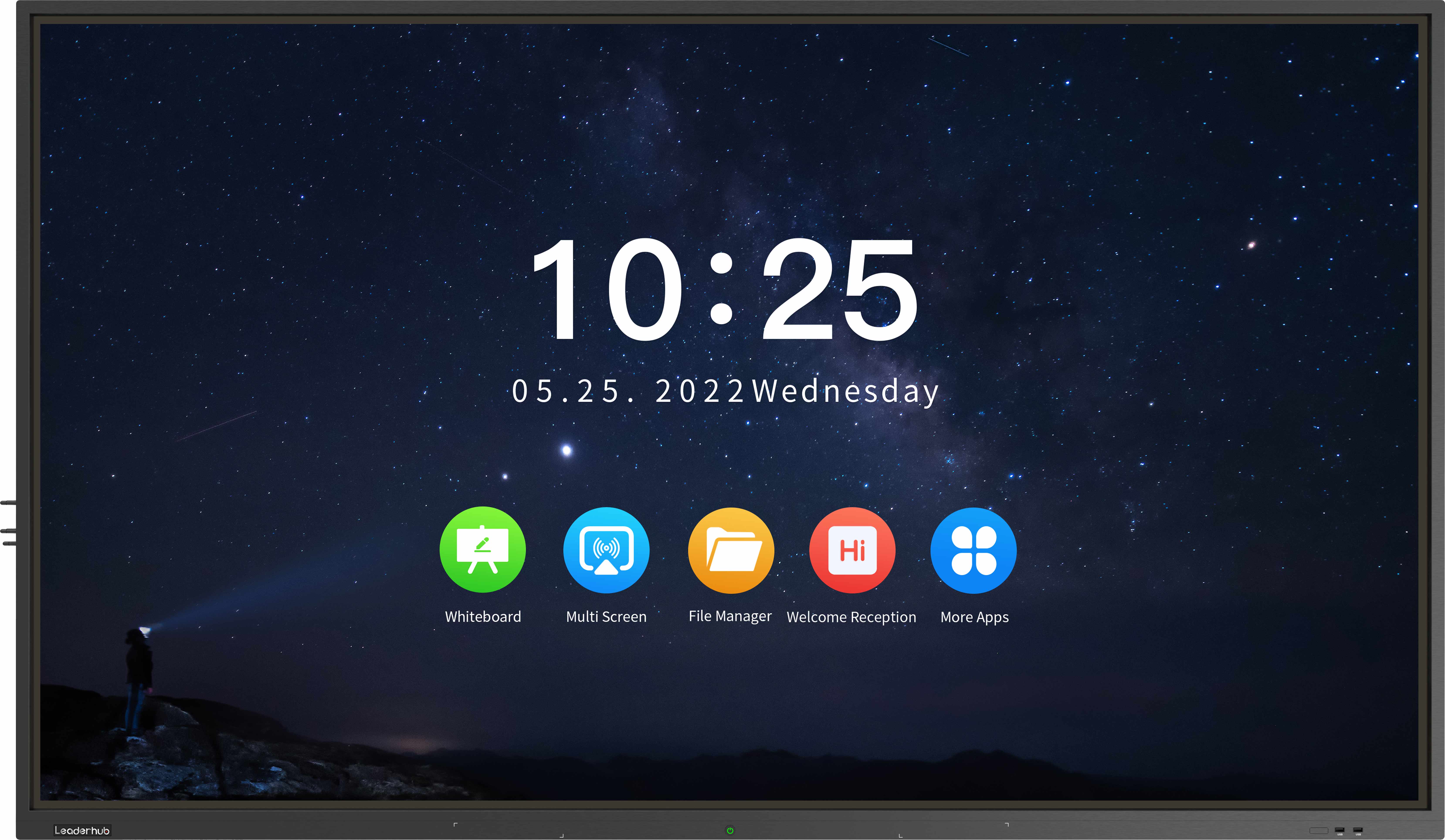Enhancing Interactive Learning through Classroom Interactive Whiteboard

The method and technique of using classroom interactive whiteboard for interactive teaching has revolutionized the learning experience for both teachers and students. This advanced technology offers numerous benefits and opportunities for enhancing student engagement, encouraging collaborative learning, and facilitating effective knowledge transfer. In this article, we will explore various strategies and techniques of utilizing interactive whiteboards to create an interactive and dynamic learning environment.
1. Interactive Lesson Planning and Delivery
Interactive whiteboards provide teachers with a range of tools and resources to plan and deliver engaging lessons. With the ability to integrate multimedia elements such as images, videos, and interactive quizzes, teachers can create visually appealing and interactive presentations that capture students' attention. Additionally, teachers can annotate over content, highlight key points, and easily switch between different teaching aids, making the delivery of complex concepts more comprehensible for students.
2. Facilitating Collaborative Learning
Interactive whiteboards foster collaborative learning by encouraging student participation and interaction. With the option to connect multiple devices, such as student tablets or laptops, to the interactive whiteboard, students can actively contribute to classroom discussions and engage in group activities. This enables students to collaborate, brainstorm ideas, and solve problems collectively, promoting teamwork and critical thinking skills.
3. Engaging Multi-Sensory Learning Experience
An interactive whiteboard allows teachers to incorporate multi-sensory learning experiences into their lessons. By using touch gestures, students can physically interact with the content displayed on the screen, enhancing their kinesthetic learning experience. Teachers can also integrate audio files or text-to-speech features, enabling students to listen to instructions or read along with the displayed text. These multi-sensory approaches facilitate better comprehension and retention of information.
In conclusion, the method and technique of using classroom interactive whiteboard for interactive teaching has transformed traditional classrooms into dynamic and engaging learning spaces. The ability to plan interactive lessons, foster collaboration, and provide multi-sensory experiences greatly enhances student engagement and understanding. By embracing this technology, educators can unlock the full potential of interactive teaching, preparing students for success in the digital age.

